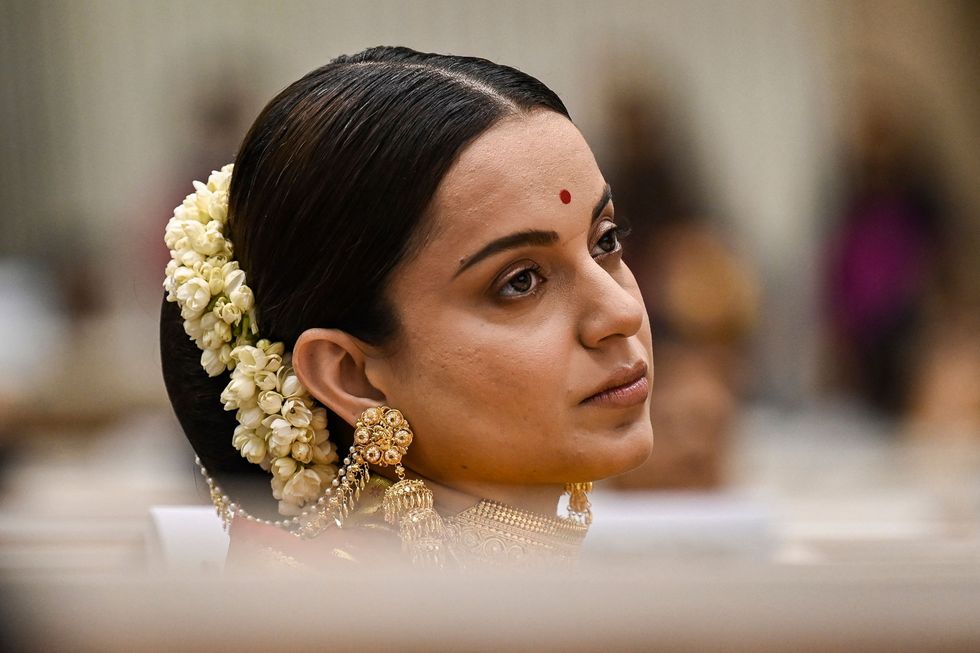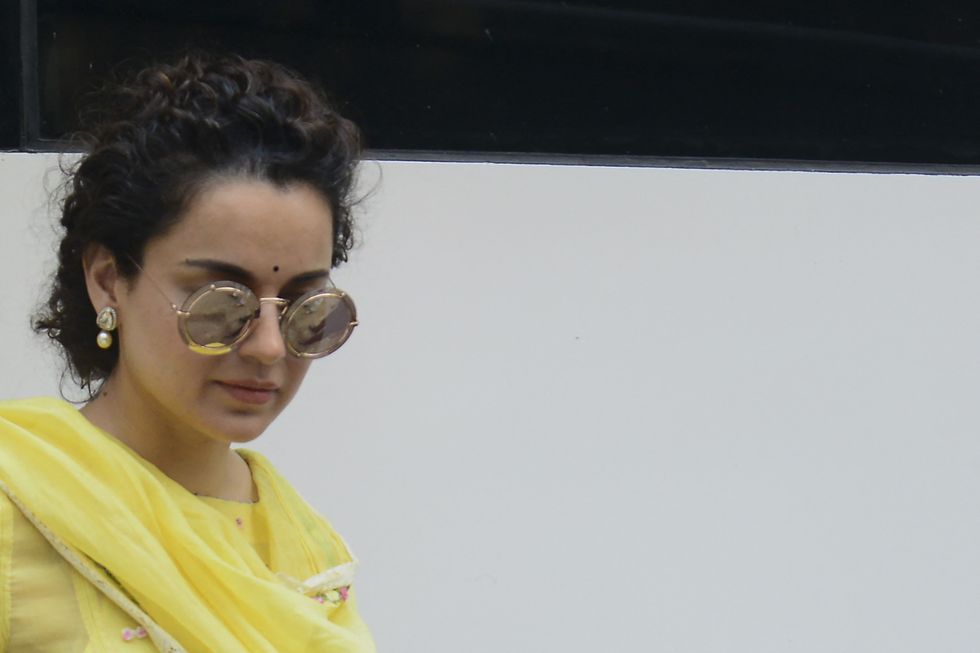OSCAR-winning actor Michelle Yeoh says her exposure to Indian movies during her childhood in Malaysia’s multicultural environment shaped her understanding of cinema. She hopes her new film, Wicked, a musical adaptation of the hit Broadway show, will resonate with Indian audiences.
Yeoh, who won the Academy Award for Best Actress in 2023 for Everything Everywhere All At Once, is reuniting with her Crazy Rich Asians director Jon M Chu for this project. She stars as Madame Morrible, marking her debut in a musical.
“I grew up in Malaysia, which is a very multiracial society, and I have many Indian friends. In fact, I grew up watching a lot of Indian movies, even as a young child. I used to know how to sing Indian (songs). I’m very familiar with Indian culture and cinema,” Yeoh told PTI in an interview. She expressed confidence that Wicked will appeal to Indian viewers, adding, “I think Wicked will go down really well with our Indian friends.”
Despite being nervous about singing in the film, Yeoh shared her admiration for musicals as a genre. “It’s a fantasy world where people, instead of just talking, suddenly break out into song and dance, and I love that,” she said.
Yeoh said Jon M Chu’s involvement in the film was a significant factor in her decision to join the project. Chu’s 2018 film Crazy Rich Asians is noted as a milestone in Hollywood for featuring an entirely Asian cast in a contemporary setting.
“So many of us have been fighting to create these opportunities. Sometimes we demand to have these changes because I think we should have equal opportunities to showcase our talent in front and behind the camera as well,” Yeoh said. She emphasised the importance of storytellers like Chu, adding, “We also have to be good storytellers and tell our kind of stories that echo our faces and our culture.”
Discussing her approach to portraying Madame Morrible, Yeoh said the character is intended to appear approachable and caring at first. “What happens is some people get blinded by their own ambitions... So our approach for Madame Morrible is like, she is a good witch. I don’t think any of us start off by being wicked,” she explained.
Yeoh credited her co-stars Cynthia Erivo and Ariana Grande for supporting her through the musical’s singing challenges. She specifically mentioned Erivo, who helped her gain the confidence to perform The Wizard and I in the film.
Yeoh said her cinematic choices are guided by her belief in the medium’s transformative power. “Cinema and shows are such powerful mediums of reaching out to people to highlight issues. There are answers in there that we know too well but are afraid to say it out loud, but then in a movie or in a song, you can sing it away,” she said.
Wicked releases its first part on 22 November and serves as both a prequel and a reimagining of the 1939 classic The Wizard of Oz. Yeoh described the film as a shared cinematic experience that brings audiences together.
Looking ahead, Yeoh expressed her desire to explore dance in future collaborations with Chu. “He gave me the most amazing opportunity to be in a musical, which is something I had not done before. The only other thing I hope that he will do for me next is allow me to dance in it as well. This time it was the singing,” she said.
The Universal Pictures release also stars Jonathan Bailey, Ethan Slater, Bowen Yang, Marissa Bode, Jeff Goldblum, and Peter Dinklage.
(With inputs from PTI)
















 Pedro Pascal addresses fan backlash over playing Reed Richards at 50Getty Images
Pedro Pascal addresses fan backlash over playing Reed Richards at 50Getty Images 
 Kangana Ranaut speaks on equality and her role as a ParliamentarianGetty Images
Kangana Ranaut speaks on equality and her role as a ParliamentarianGetty Images  Kangana Ranaut calls equality a flawed idea, claims it’s ruining work ethic in today’s youthGetty Images
Kangana Ranaut calls equality a flawed idea, claims it’s ruining work ethic in today’s youthGetty Images Kangana Ranaut says belief in equality has created a ‘generation of morons’ in viral Times Now interviewGetty Images
Kangana Ranaut says belief in equality has created a ‘generation of morons’ in viral Times Now interviewGetty Images Kangana Ranaut blames equality for entitlement culture, says no two people are equalGetty Images
Kangana Ranaut blames equality for entitlement culture, says no two people are equalGetty Images

 Actress Bella Thorne and Charlie Puth attend the Y100's Jingle Ball 2016Getty Images
Actress Bella Thorne and Charlie Puth attend the Y100's Jingle Ball 2016Getty Images  Bella Thorne's commentInstagram Screengrab
Bella Thorne's commentInstagram Screengrab  Charlie Puth performs onstage at an interactive global eConcert liveGetty Images
Charlie Puth performs onstage at an interactive global eConcert liveGetty Images  Bella Thorne and Mark Emms attend a red carpet for the movie "Priscilla"Getty Images
Bella Thorne and Mark Emms attend a red carpet for the movie "Priscilla"Getty Images Charlie Puth and Brooke Sansone attend the 10th Breakthrough Prize CeremonyGetty Images
Charlie Puth and Brooke Sansone attend the 10th Breakthrough Prize CeremonyGetty Images